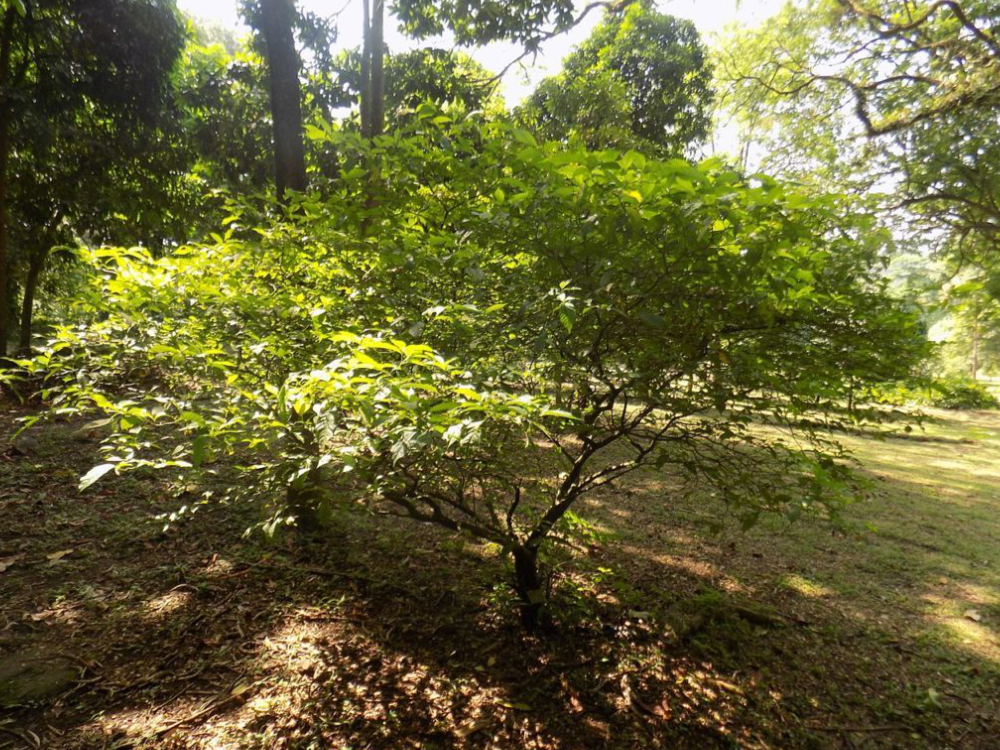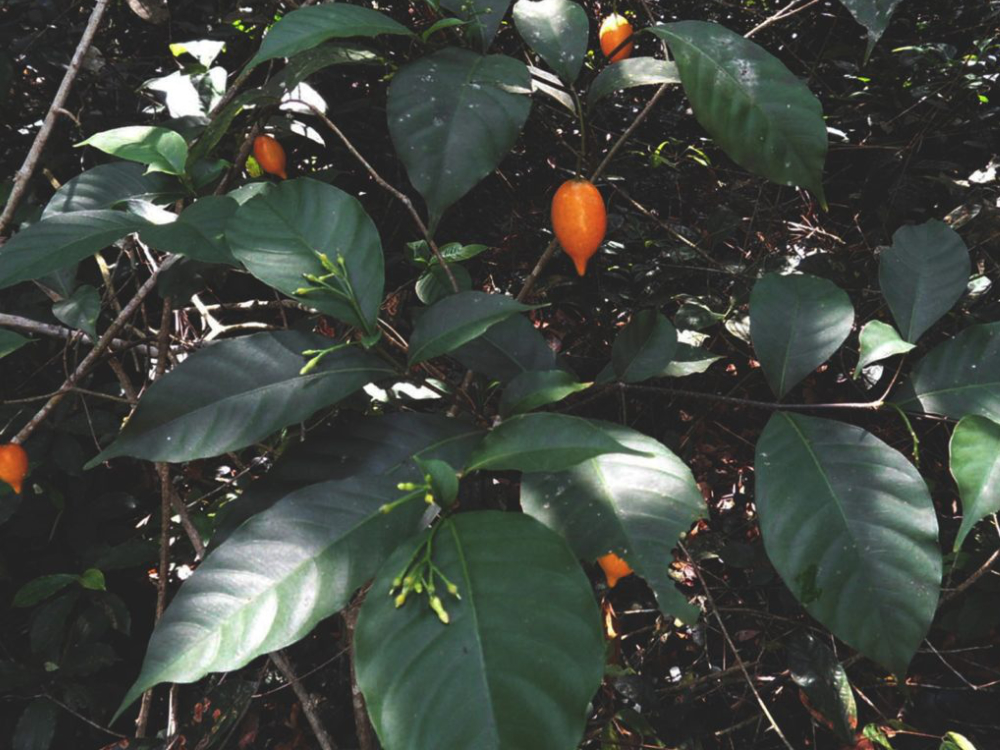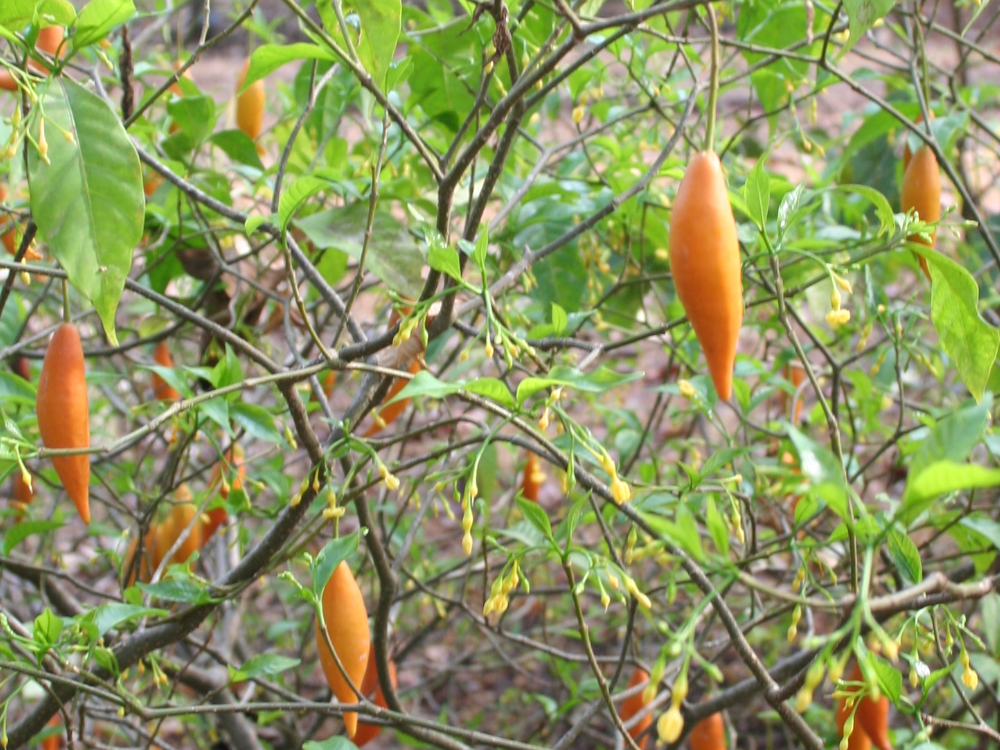The Tabernanthe Iboga Shrub
The Tabernanthe Iboga shrub is widespread throughout the Congo basin in Africa but is primarily found in Gabon. It can grow up to 10 meters tall, despite being commonly referred to as a shrub. The shortened term “Iboga” refers to the bark shavings collected from the plant’s base and roots, which are traditionally used in spiritual and ceremonial contexts by local tribes.
The Bwiti tradition, a syncretistic animist belief system, is practiced by the Fang, Punu, and Mitsogo tribes of Gabon and Cameroon. The Bwiti tradition has been passed down for centuries and is based on the use of the Iboga tree as a conduit for life-knowledge. Language, music, ritual, and a holistic worldview are used to convey this knowledge, emphasizing the value and importance of all living things, including plants, animals, and humans.

During Bwiti ceremonies, the Iboga bark is dried and shaved before being consumed raw. The root bark contains at least twelve alkaloids, including ibogaine, ibogamine, and ibogaline. Ibogaine is the most prominent of these, amplified by other alkaloids like ibogamine.
To understand traditional and ceremonial Iboga usage, one must examine it in the cultural and spiritual context of the Bwiti tribes who have used it for centuries. Known as “bois sacré” (French for “sacred wood”), the plant is used beyond its properties as a healing remedy and takes on a more spiritual role. In Gabon, Western medicine is often integrated with the teachings and knowledge of a Nganga, a spiritual practitioner. The iboga plant is viewed as a benevolent soul that promotes and facilitates healing due to its roots in animist traditions that ascribe spirits to all things.
The psychoactive effects of the Tabernanthe Iboga shrub are increasingly used in the West as a purified extract called ibogaine, which is effective in treating drug and alcohol addiction.


Iboga’s effectiveness lies in its ability to open the floodgates of repressed memories, which return to an addict’s consciousness in the form of hallucinatory visions. This process is followed by a period of intense introspection and insight. The experience is called “oneirophrenic,” referring to a lucid dream state. Technically, the experience is not considered hallucinogenic since the individual remains aware of their surroundings and recognizes the hallucinations as internal projections.
The hallucinations can last from 7 to 12 hours, and the introspective, subjective part of the experience typically begins during the following 24 hours after the visions have subsided. During this time, the full experience can be cognitively integrated into a new perception of one’s personal narrative, which can continue to evolve for months after the treatment.
Among the native people of Gabon and Cameroon, iboga has played a central role not only in shamanistic rituals but also as a medicinal remedy for thousands of years. Its therapeutic uses have been known to treat a variety of ailments across West Africa, including fevers, swine flu, immunodeficiency/HIV, influenza, some nerve disorders, high blood pressure, and some side-effects of substance abuse.
Despite the Tabernanthe Iboga shrub’s ability to treat addiction and reduce the chances of relapsing, as well as its ability to curtail the withdrawal symptoms associated with opioid dependence, the alkaloid remains illegal in the USA. This fact is ironic from a Big Pharma viewpoint, given that ibogaine treatment has gained popularity in the West as a means of reconnecting people to their true selves and reducing the idea of themselves as addicts.


The Tabernanthe Iboga Shrub
“Anon”
